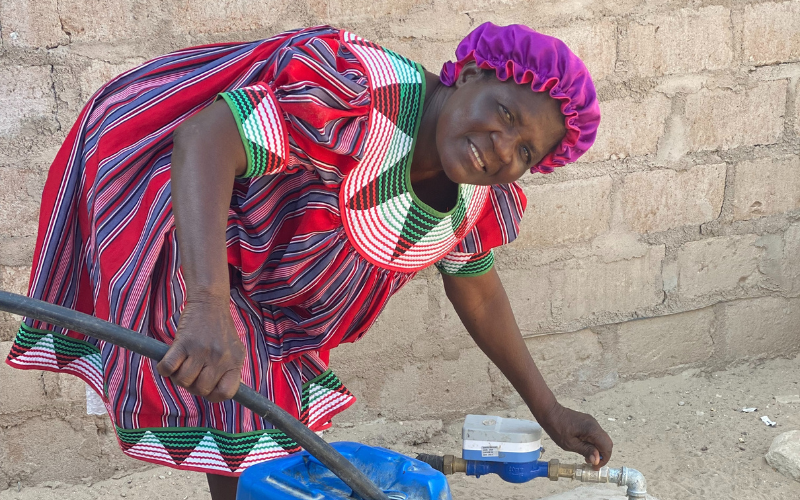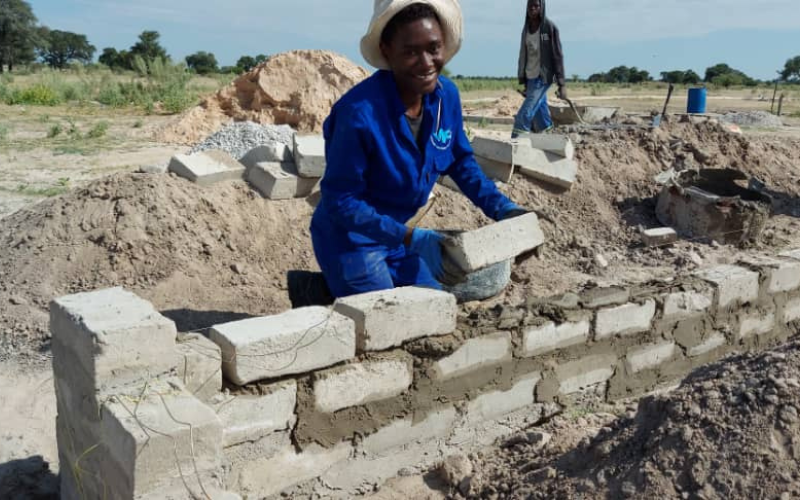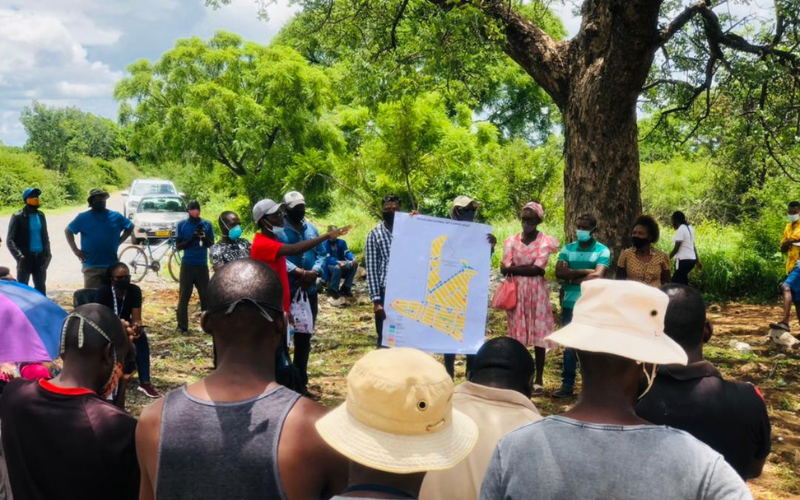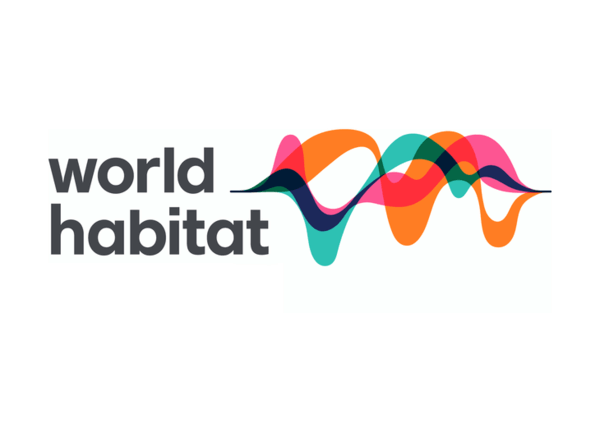City
Gobabis
Main actors
City Government, Regional Government, National Government, Supranational / Intergovernmental Institutions, Private Sector, NGO / Philanthropy, Community / Citizen Group
Project area
Whole City/Administrative Region
Duration
Ongoing since 2013
More than 40% of Namibia’s total population and the majority approximately 80% of its urban population live in informal settlements, with little or no access to basic services and no land rights. The Community-Driven Housing and Informal Settlement Upgrading project is tackling this urgent crisis by helping these communities formalise land ownership, meet their infrastructure needs, and access funds to upgrade their homes or build new ones.
The project is run by the Shack Dwellers Federation of Namibia (SDFN) – a network of community savings groups – and the Namibia Housing Action Group, in partnership with the government and municipal authorities. A community-led planning process establishes sections of land, known as a blockerf, for which specially designed land titles can be acquired. Members of the community savings group can also apply for a loan from the SDFN’s Twahangana Fund to carry out upgrades or construction work, which they are trained to do themselves.
The programme is funded by external grants and the revolving Twahangana Fund, which receives contributions from Namibia’s government and private sector, in addition to community savings groups. The project operates across 10 of Namibia’s 14 regions. It has already benefitted more than 25,000 people and aims to upgrade the living conditions of 34,000 households over the next three years.
Originally published by World Habitat: Link
World Habitat Awards
This project was awarded the 'World Habitat Awards' in 2023 in the following category: Bronze.
External links / documents
On Map
The Map will be displayed after accepting cookie policy





